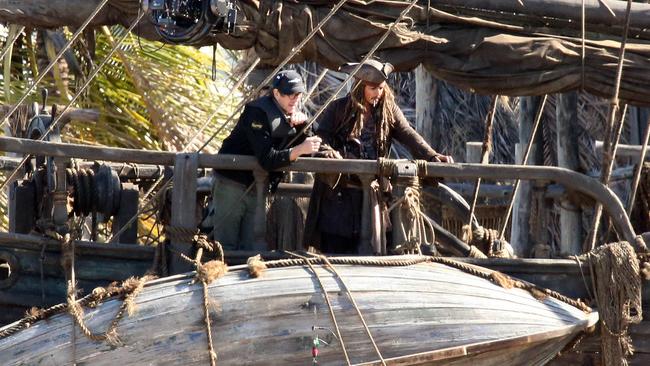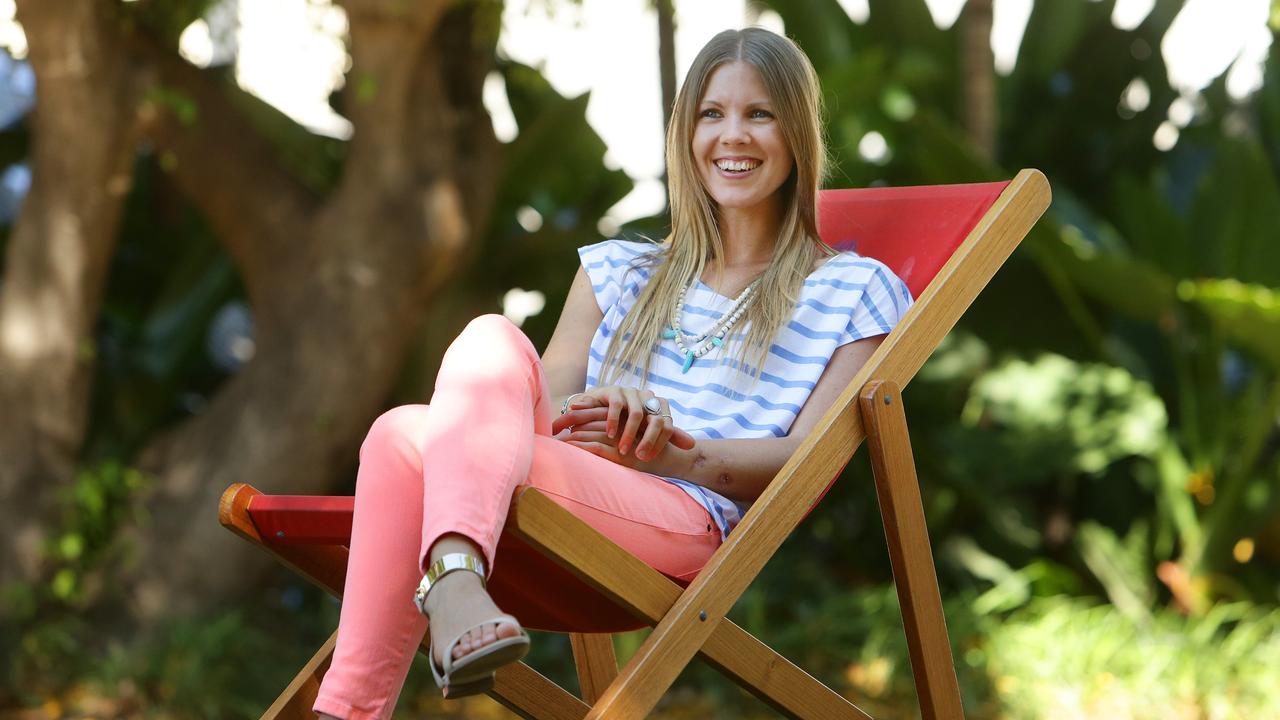Australian film and TV drama production static in 2014/15
Feature film production was stable in 2014/15 but TV drama is a worry, according to Screen Australia’s annual drama report.

Overall film and TV drama production in Australia was static in 2014/15 although there was a worrying decrease in TV drama production, according to the latest Screen Australia Drama Report.
Overall expenditure on film and television drama was $837 million for the financial year, down a statistically insignificant one per cent on the previous year’s record high. But the figure spiked on the back of spending on the biggest film to shoot in Australian, the fifth Pirates of the Caribbean, and Sydney digital house Animal Logic’s work on two more movies in the LEGO franchise.
Spending on Australian TV drama fell by 13 per cent on last year as drama for adults dropped back from recent record levels, although spending on children’s drama increased. Expenditure on Australian feature films was $121 million on 35 films, down from last year’s $297 million on 35 films, which was propped up by the big-budget The Great Gatsby and Mad Max: Fury Road.
Screen Australia CEO Graeme Mason said the overall result is “pretty good” because, when combined with this year’s record Australian box office and strong ratings for a number of commercial TV dramas, they show “ Australian audiences really want to see Australian content on all different screens.”
“Looking forward, what we’re nervous about is TV drama,” he added. “It’s not that the broadcasters don’t want to do it, it’s just really expensive and there are challenges, like cuts to ABC, SBS, and us, and it remains hard for commercial broadcasters.”
The number of TV drama titles in the year (34), hours broadcast (401) and total expenditure ($235 million) were all down on last year and on the five-year averages. Conversely, there was an increase in the cost per hour of TV drama (up to $2.066 million per hour of telemovie and $1.1258 million per hour of miniseries).
It was the lowest number of hours produced since 2005/6 as the industry moves away from the risk of long-run serial series, such as Blue Heelers, to shorter-form series of 8-12 episode length, miniseries and telemovies. New TV titles included in the 2014/15 data include the ABC’s The Beautiful Lie and The Secret River, Seven’s Winter and Peter Allen: Not The Boy Next Door, Nine’s House of Hancock and SBS’s The Principal.
Mason said television production, and the international productions shooting in Australia, remain the “bread and butter” for crews and production houses. As such, he reiterated Screen Australia’s support for Screen Producers Australia’s lobbying for an increase of the producer offset for television from the current 20 per cent to match feature film’s 40 per cent.
“We believe the 40 per cent offset for these dramas is justified, it’s culturally really important and it’s hard to compete against the big budgets from overseas shows like Game of Thrones and Orange Is The New Black, so the offset is essential,” he said. The Drama Report shows offset spending on TV drama was $210 million for the year, and $39 million for Australian features.
Total spending on foreign shoots and PDV-only titles reached a record high of $418 million in 2014/15, more than double last year’s result and the five year average, boosted by five foreign features shooting here in 2014/15, including Pirates of the Caribbean: Dead Men Tell No Tales, the largest international feature film ever to shoot in Australia, and Truth, starring Cate Blanchett and Robert Redford. Work on the two animation features from the LEGO franchise, The LEGO Batman Movie and Ninjago, pushed foreign PDV-only (post, digital and visual effects) spend to the highest recorded since analysis began in 2006/7
Private investment in Australian feature films remains an issue, static at $14.8 million in 25 of the 33 domestic feature films produced spending $121 million.
Mason said that the lack of private investment, relative to the US, remained an issue. “That’s part of the problem here, it’s not seen, much to my chagrin, as sexy for ‘angels’ to invest in,” he said. “Somehow we’re not seen as culture, like a lot of the arts are, and yet we’re not seen as being commercial, unlike the US where you see dentists investing in Sundance Festival films.”
Overall, more than half of this year’s domestic features had budgets in the $1—3 million range (18 titles, 55 per cent of the total slate), compared to the 5-year average of around a third of the slate (10 titles, 34 per cent) in this range. Four films — presumably including The Dressmaker, Lion (starring Nicole Kidman), and 2.22 (starring Teresa Palmer) — had budgets greater than $10 million.
Subscription television finance had its highest recorded contribution to the TV drama slate, including the series Open Slather, and Mason said he was particularly enthused by digital content, which registered data for the first time, with Stan’s Plonk and No Activity, ABC iview’s Fresh Blood and SBS’s Comedy Runway. Mason said a number of online-only programs had “viewers through the roof.”


